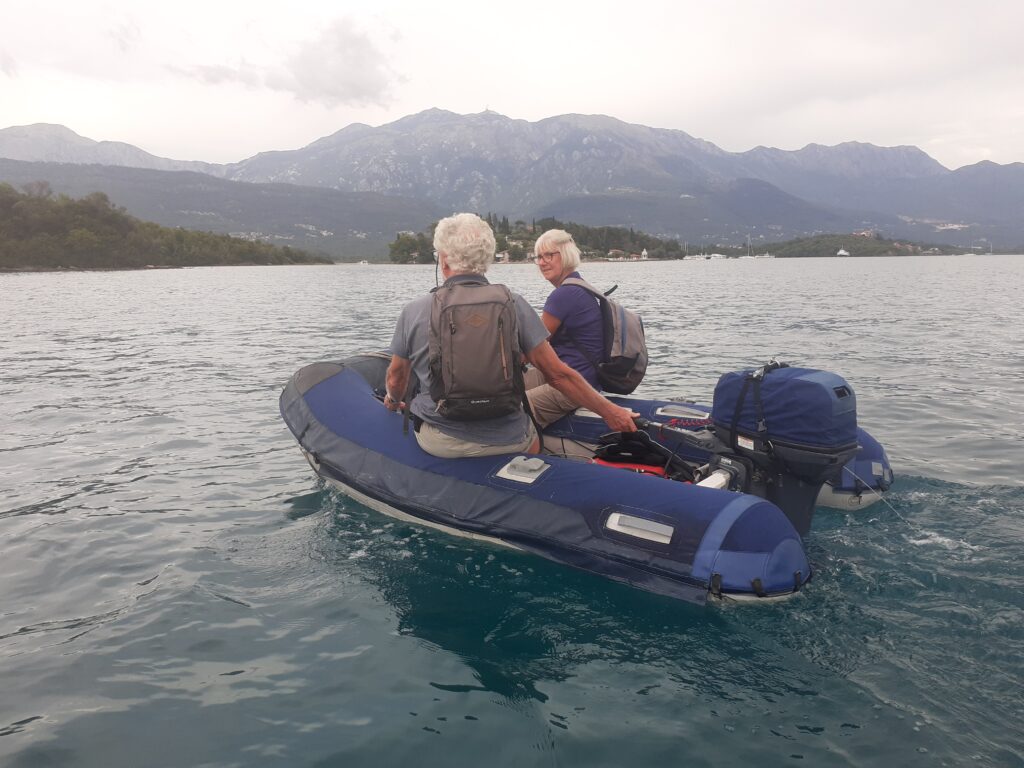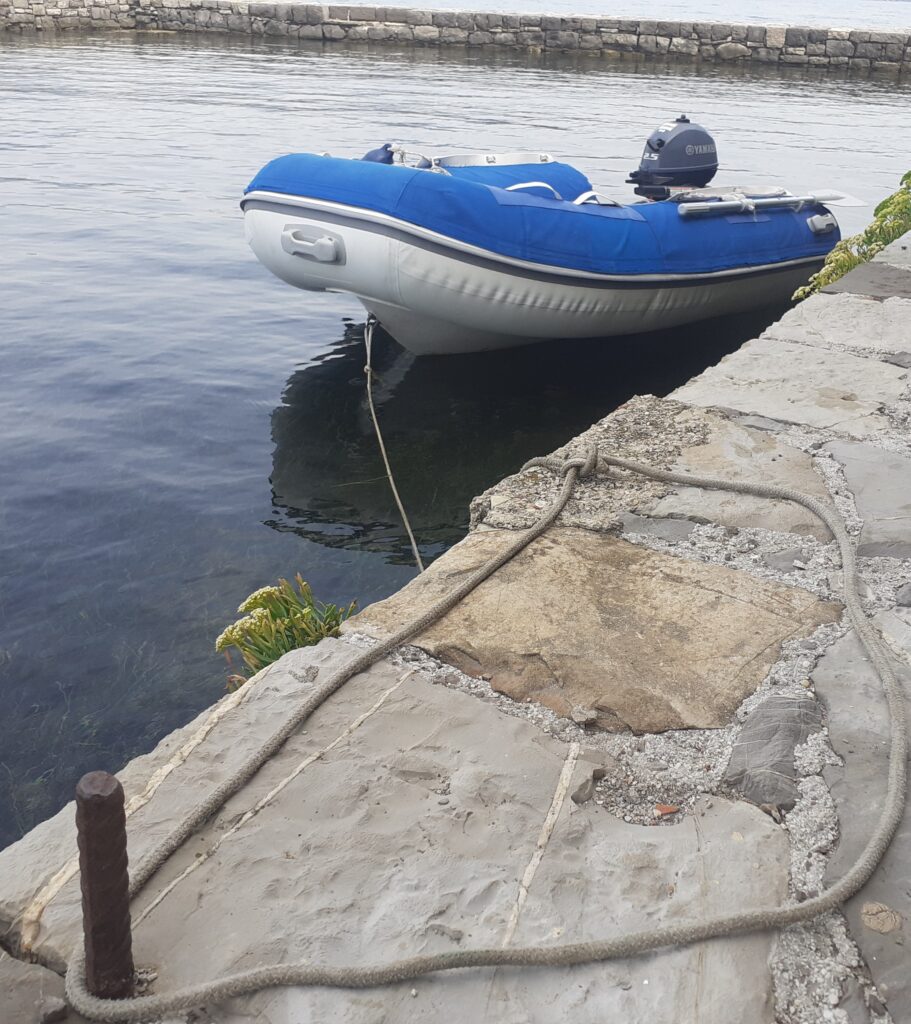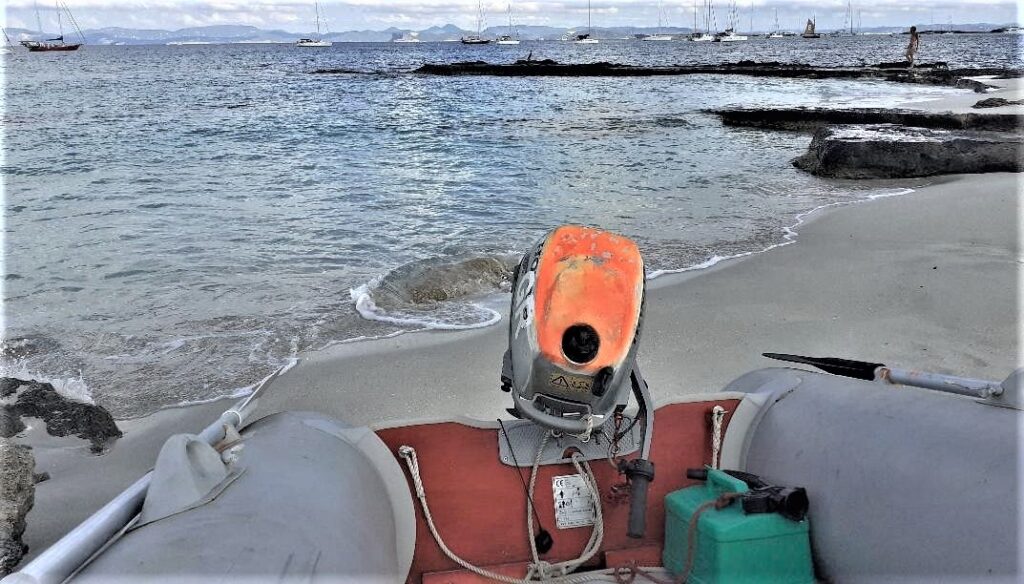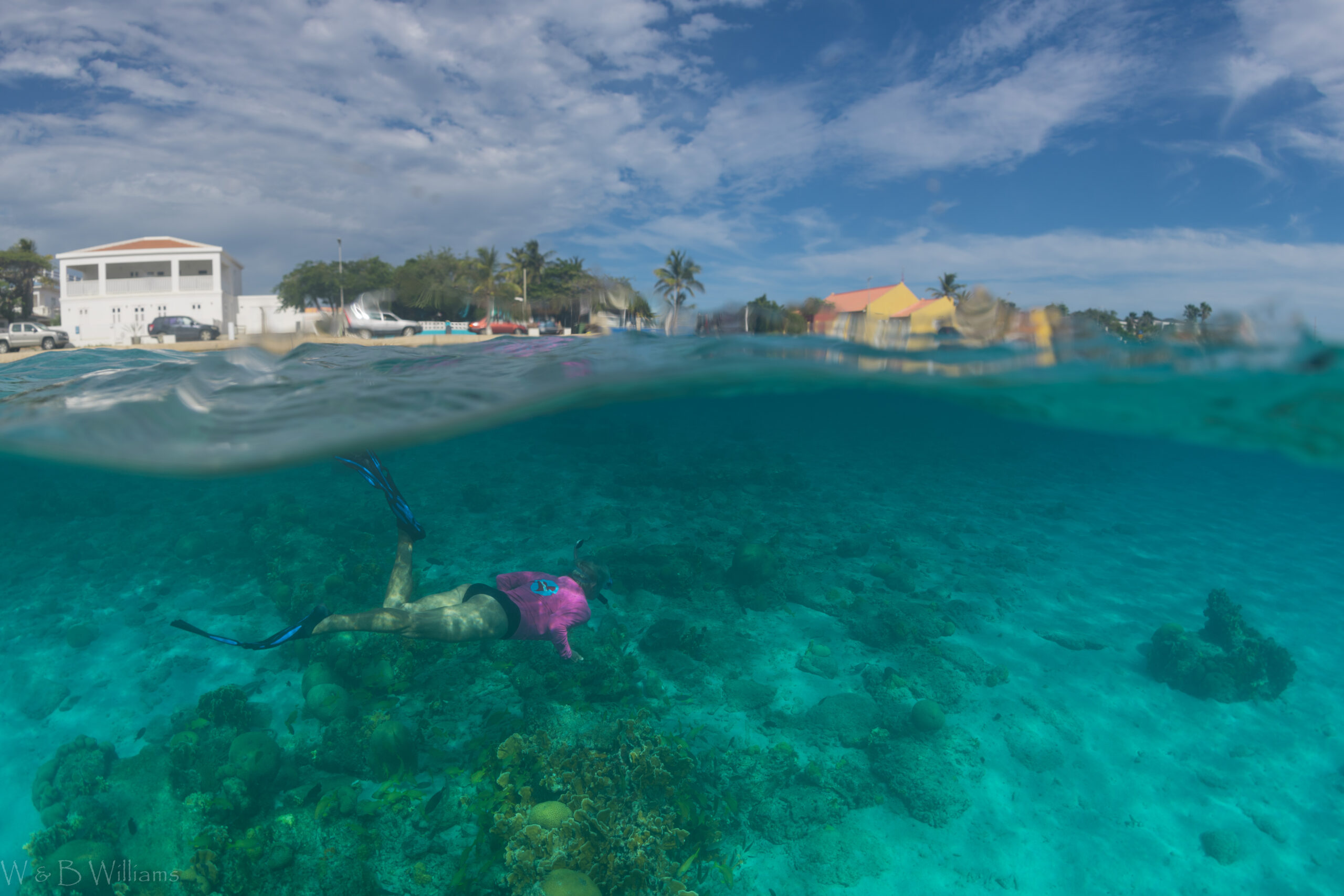It is not difficult to imagine the stomach-churning moment Neil and Buzz must have experienced when they left their command module and crammed themselves into the tiny lander which would transport them to the surface of the moon.
They must have gone through every imaginable potential problem in their heads. Moreover they probably rehearsed many scenarios before setting off. And so it should be when we cruisers untie our tenders and venture ashore.
Ok, perhaps that is a little high-flown – no excuses for the pun – but do we think as carefully as we should about that trip ashore, be it under power or rowing, and how to successfully and dryly travel to and from our mother ship ?
After all, it does seem like the easier part of the often fraught process of going from A to B afloat.
Here are a few tips to mitigate the many risks negotiating the little-room-for-error area between boat and, well, in my case, usually the pub. And a few which will help prevent row rage at the dinghy dock. For the most part I am assuming you are as work-averse as me and have an outboard motor.
Are you sitting comfortably ? Before you leave make sure the tubes are well inflated. Nothing worse than a floppy bottom. Take oars, bailer, spare fuel and/or check the tank. Kill cord and spare (what do you do when the one you have goes over the side with the skipper attached to it ?). A small fender. A small kedge anchor – we will come to that later. Of course, you are wearing a lifejacket.
With luck there may still be room for people.
If you have a rucksack, put your phone and valuables into it and put it into the tender, not keep it on your back. If you should go over the side it will likely try to drown you with its weight and even if you are soaked at least your other stuff is dry. The ideal option is a dry bag for everything you cannot imagine life without,

DEAD WEIGHT: don’t wear a rucksack. Do wear a lifejacket.
If I had a pound for the times I have seen six on board a three person dinghy with 10cm freeboard I would be up by probably two quid. This should not need saying but do not overload, do more than one shuttle. A soaking wet arse has never been a fashionable look, either.
If you are ready to go, make sure only one person at a time moves as you embark and do NOT let go until the engine has started.
I have rescued more than one tender drifting leeward, occupied by an angry, perspiration-soaked person, pulling at a recoil start, elbow pumping with a gusto that would be the envy of a fiddler. And heading inexorably toward international waters rather than a restaurant.
Lastly, have a think about what you will do if the outboard should go on strike for better fuel and conditions. Even if you are packing oars, can you actually row without the thwart in, for instance ?
Do not be tempted to imitate jet skiers – sorry, money in the swear box – and plane through anchorages. Bars are open all day.
Right. We have successfully navigated to a marina, dinghy dock, quay, jetty, beach, rickety wooden pontoon, bar frontage. Dry land, anyway. Tie up with a round turn and two half grannies and away you go clutching dry bag, empty gas bottle and sack of rubbish. Whoa !
For ease of tying and untying I find it very convenient to make the bight in the bowline – and only a bowline will do – at least large enough so the knot can be reached when back in the tender.

WHY KNOT: a bowline with a very big bight makes tying and untying easier.
There is a perfectly sensible school of thought that a painter should be short enough so it cannot foul the prop. Quite right, but for most uses that is too short.
And, now this is a bit of boat etiquette, if at all possible leave your tender on a long painter. The shorter your painter, the less room there is for anyone else.
Ideally, fling your small kedge anchor off the stern as you approach the landing point. That will protect your dinghy from chafe alongside and allow room for more boats. Predictive text had kindly changed kedge to Kedgeree for me. I am dubious whether a splodge of even the stodgiest haddock-and-egg-based breakfast dish will prevent a boat drifting off.

STRING THEORY: tie up with a long painter or use a kedge anchor to leave room for others.
Whenever I return to an anchorage I have a miniscule frisson of nervous tension before I turn the final corner whether I can see my boat. It is the same with a tender. Please be there !
Depending on your part of the world dinghy theft may be either endemic or unthinkable, but a little security goes a long way.
I joke that I moor next to better looking tenders than mine, and there is something in that. A casual thief will see an item padlocked and one not. Which will he nab ?
Padlock your outboard to your tender. Never leave the kill cord on. Mark both tender and outboard in large letters. I put boat my boat details on the inside of the cowling, in the hope it may be identified if stolen. A friend of mine sprayed black spots all over his tender. It looked like a floating monochrome inflatable leopard, but no one in their criminally right mind would nick it.
I did spray a part of an old dinghy with high vis orange spray paint to make it less appealing to a thief. It was not wholly successful. The paint went sticky and deposited itself on everything. From behind I looked like a baboon.

SPLASH OUT: personalising with some colour reduces the chance of theft.
You can also padlock your tender to an attachment point, using plastic-coated wire with spliced eyes at either end.
Should you be unlucky enough to have your tender filched, one hi tech option is a GPS tracker, which comes in at around £100. They are remarkably small but can involve ongoing costs and there is the problem of recharging, keeping hidden and protecting from the harsh environment of what my Welsh friends call a puffy-up.
I hope that while most of the above is fairly obvious you might find the odd nugget which will make your life easier or safer.
IN SHORT:
- Properly inflate tubes
- Do not overload
- Use the kill cord and have a spare
- Carry oars, bailer, spare fuel
- Keep valuables in at least a dry bag
- Wear a lifejacket, not a back pack
- Think of others and leave room for more tenders
- Lock up the outboard and tender and tie good knots
Safe sailing.






Hi Mark, thanks I enjoyed reading your idea’s. Here are some additional tips we learned. For night rides we used to take a torch with us but have recently upgraded this to the special dingy light by Navilight that we saw a fellow cruiser use. It’s not cheap but the suction cup is great. Also it took some practise to land the dinghy on the beach and we found that turning it 180 degrees prevented it from being swamped. For pulling it up onto the beach we had purchased wheels with the dinghy. But Sicilians taught us to use a fender instead and indeed it works perfectly also on stones and soft sand. No idea why we hadn’t thought about it ourselves but now we have a special dinghy fender in the boat. Finally dinghies are easy to steel (in particular if they have nice petrol outboards) at night so unless you hoist it use a steel cable aside the pinter.